How to Build a Successful SaaS (Software as a Service) Business
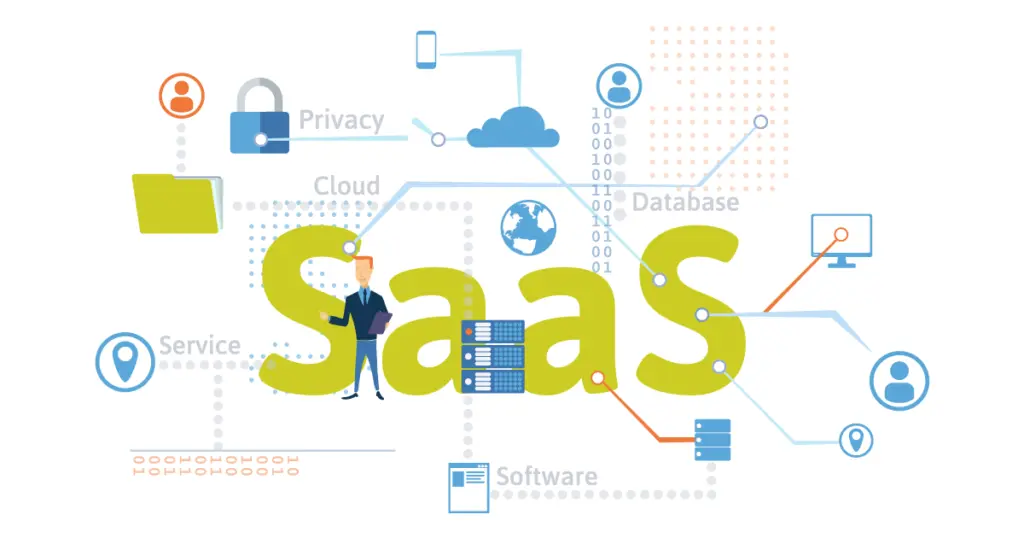
The Software as a Service (SaaS) model has revolutionized the software industry, offering numerous opportunities for entrepreneurs. Building a successful SaaS business requires careful planning, execution, and continuous improvement. This article will guide you through the critical steps needed to establish and grow a thriving SaaS business.
Content
Understanding the SaaS Model
What is SaaS?
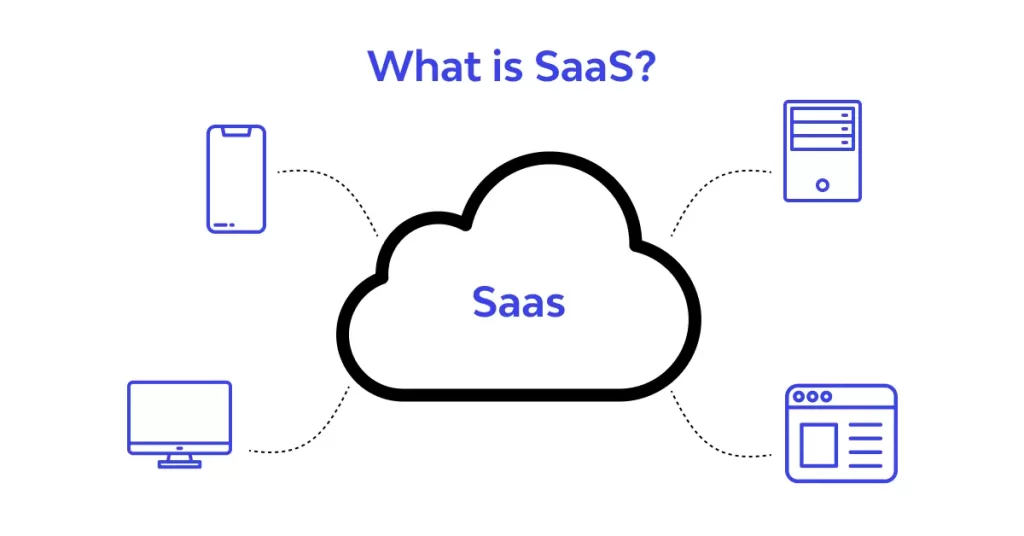
SaaS is a software distribution model in which applications are hosted by a service provider and made available to customers over the Internet. This model contrasts with traditional software, which is typically sold as a one-time purchase and installed on individual computers.
Benefits of SaaS
- Scalability: SaaS applications can easily scale to accommodate more users and increased demand.
- Cost-Effective: Lower upfront costs compared to traditional software, with subscription-based pricing.
- Accessibility: Users can access the software from any device with internet connectivity.
- Automatic Updates: Service providers handle updates and maintenance, ensuring users always have the latest features.
Steps to Build a Successful SaaS Business
1. Conduct Market Research
Identify Your Target Audience
Understanding your target audience is crucial. Conduct market research to identify the needs and pain points of potential customers. Consider factors such as industry, company size, and user roles.
Analyze Competitors
Study your competitors to understand their strengths and weaknesses. Identify gaps in their offerings that your product can fill. Competitive analysis helps you position your product uniquely in the market.
Also read: How IBM Watson Assistant Uses Advanced AI to Power Intelligent Conversations
2. Develop a Unique Value Proposition
Define Your USP
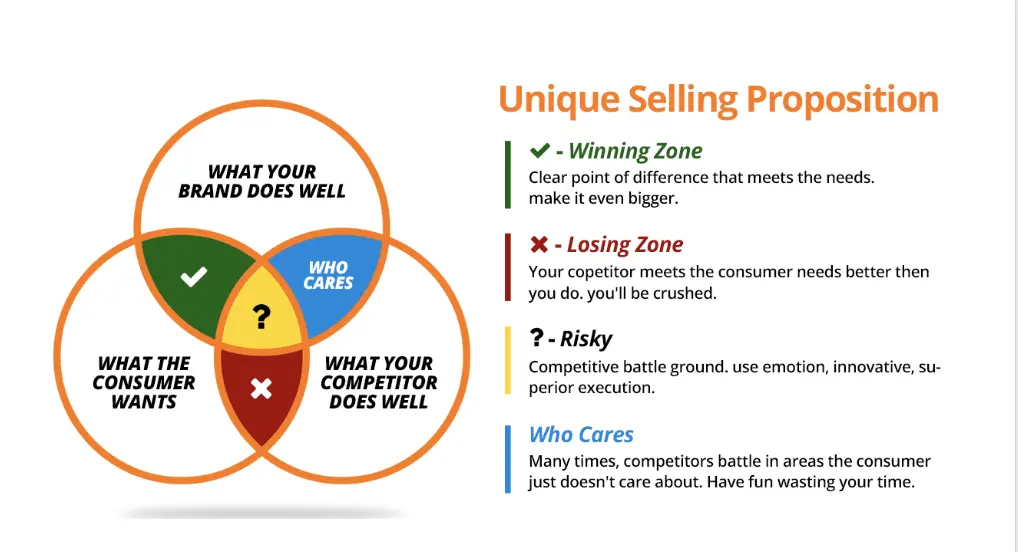
Your Unique Selling Proposition (USP) differentiates your SaaS product from competitors. Clearly define your product’s benefits and how it solves your target audience’s problems more effectively than other solutions.
Validate Your Idea
Before investing heavily in development, validate your idea with potential customers. Use surveys, interviews, and landing pages to gauge interest and gather feedback.
3. Plan Your Product Development
Choose the Right Technology Stack
Selecting the appropriate technology stack is vital for the performance and scalability of your SaaS product. Consider factors such as language, framework, database, and hosting solutions.
Build a Minimum Viable Product (MVP)
Develop an MVP with core features to test your concept. An MVP allows you to enter the market quickly and gather user feedback for future improvements.
4. Implement Effective Marketing Strategies
Create a Strong Brand Identity
Your brand identity should resonate with your target audience. Develop a compelling brand message, logo, and design elements that reflect your company’s values and vision.
Content Marketing
Produce valuable content that addresses your audience’s pain points and showcases your expertise. Blog posts, whitepapers, and case studies can attract and engage potential customers.
SEO Optimization
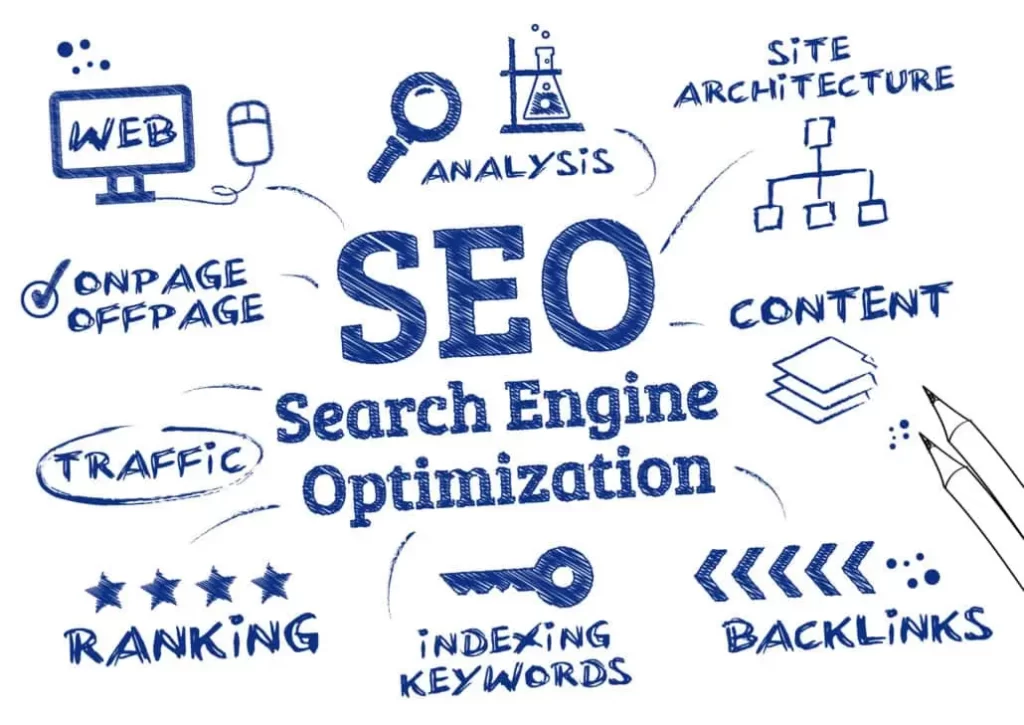
Optimize your website for search engines to increase organic traffic. Use relevant keywords, meta descriptions, and high-quality content to improve your search engine ranking.
Paid Advertising
Invest in paid advertising channels such as Google Ads, social media ads, and sponsored content to reach a broader audience and generate leads.
5. Focus on Customer Acquisition and Retention
Implement a Sales Strategy
Develop a sales strategy tailored to your target audience. Use inbound and outbound sales techniques to convert leads into paying customers.
Provide Excellent Customer Support
Exceptional customer support is crucial for retaining customers. Offer multiple support channels, such as live chat, email, and phone support, and ensure quick response times.
Customer Onboarding
A smooth onboarding process helps new users understand and effectively use your product. Provide tutorials, documentation, and personalized assistance to ensure a positive experience.
6. Monitor Performance and Iterate
Track Key Metrics
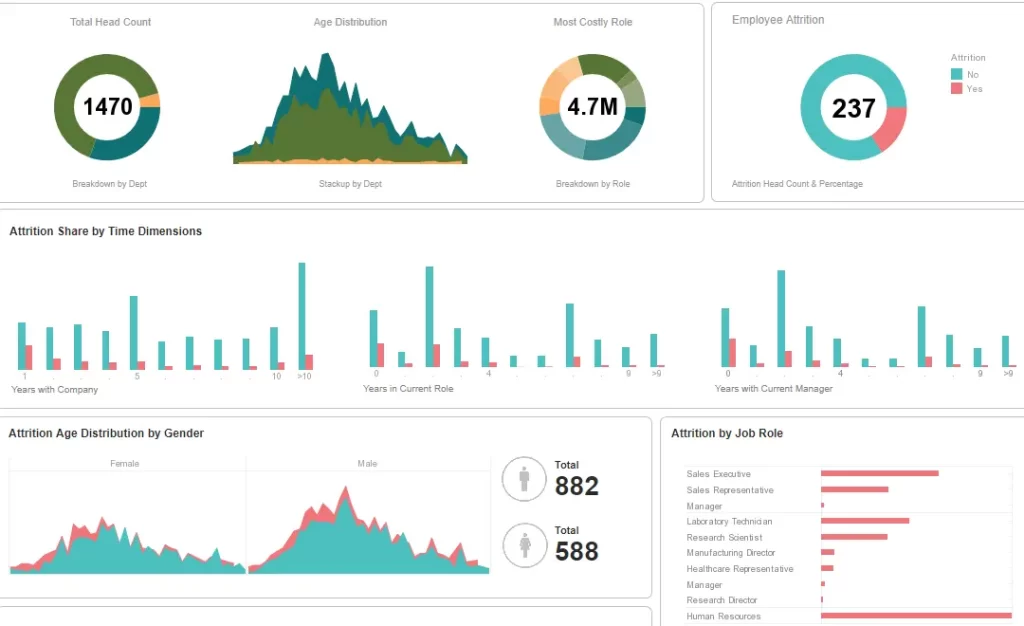
Regularly monitor key performance indicators (KPIs) such as customer acquisition cost (CAC), lifetime value (LTV), churn rate, and monthly recurring revenue (MRR). These metrics help you assess your business’s health and identify areas for improvement.
Continuous Improvement
The SaaS landscape is dynamic, requiring continuous innovation and adaptation. Stay updated with industry trends, invest in research and development, and consistently improve your products and services.
Recommended for you: An Introduction to Leading Conversational AI Platforms for Developing Chatbots and Virtual Assistants
Conclusion
Building a successful SaaS business involves thorough market research, strategic planning, effective marketing, and excellent customer service. By following these steps and continuously iterating based on feedback and performance metrics, you can establish a thriving SaaS business that meets the needs of your target audience and stands out in a competitive market.
FAQs
What is the primary advantage of the SaaS model over traditional software?
The primary advantage of the SaaS model is its scalability and cost-effectiveness. SaaS applications can easily scale to accommodate more users and increased demand, and they typically have lower upfront costs with subscription-based pricing.
How important is customer support in a SaaS business?
Customer support is crucial in a SaaS business for customer retention. Providing excellent support ensures that customers can effectively use the product, which reduces churn and increases customer satisfaction and loyalty.
What are key performance indicators (KPIs) for a SaaS business?
Important KPIs for a SaaS business include customer acquisition cost (CAC), lifetime value (LTV), churn rate, and monthly recurring revenue (MRR). These metrics help assess the business’s health and identify areas for improvement.

Shawn Davis is a wonderful person. He is very nice and always willing to help out! He loves his job because it lets him share interesting things with people who want to know about new developments in the world of technology.

